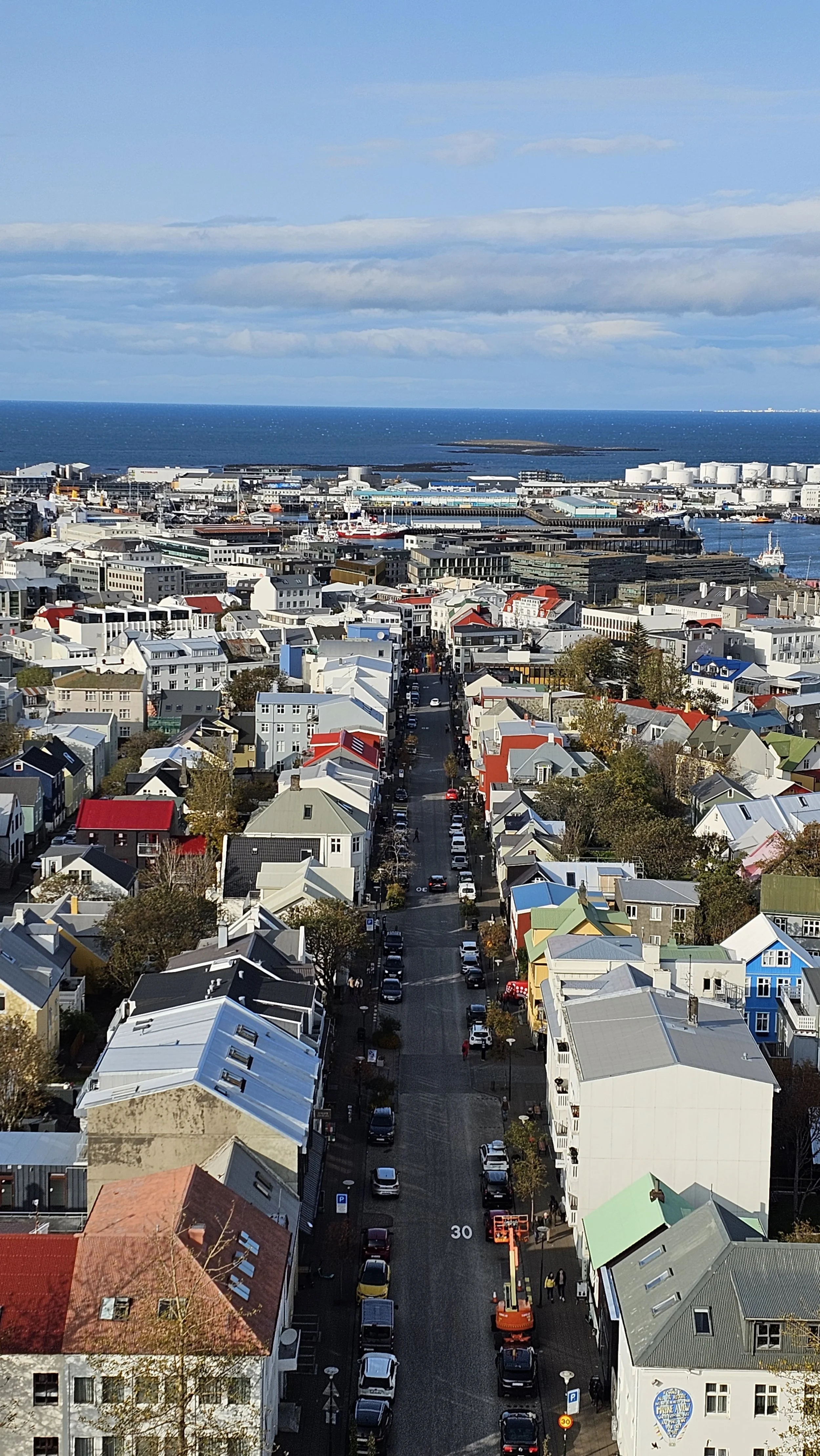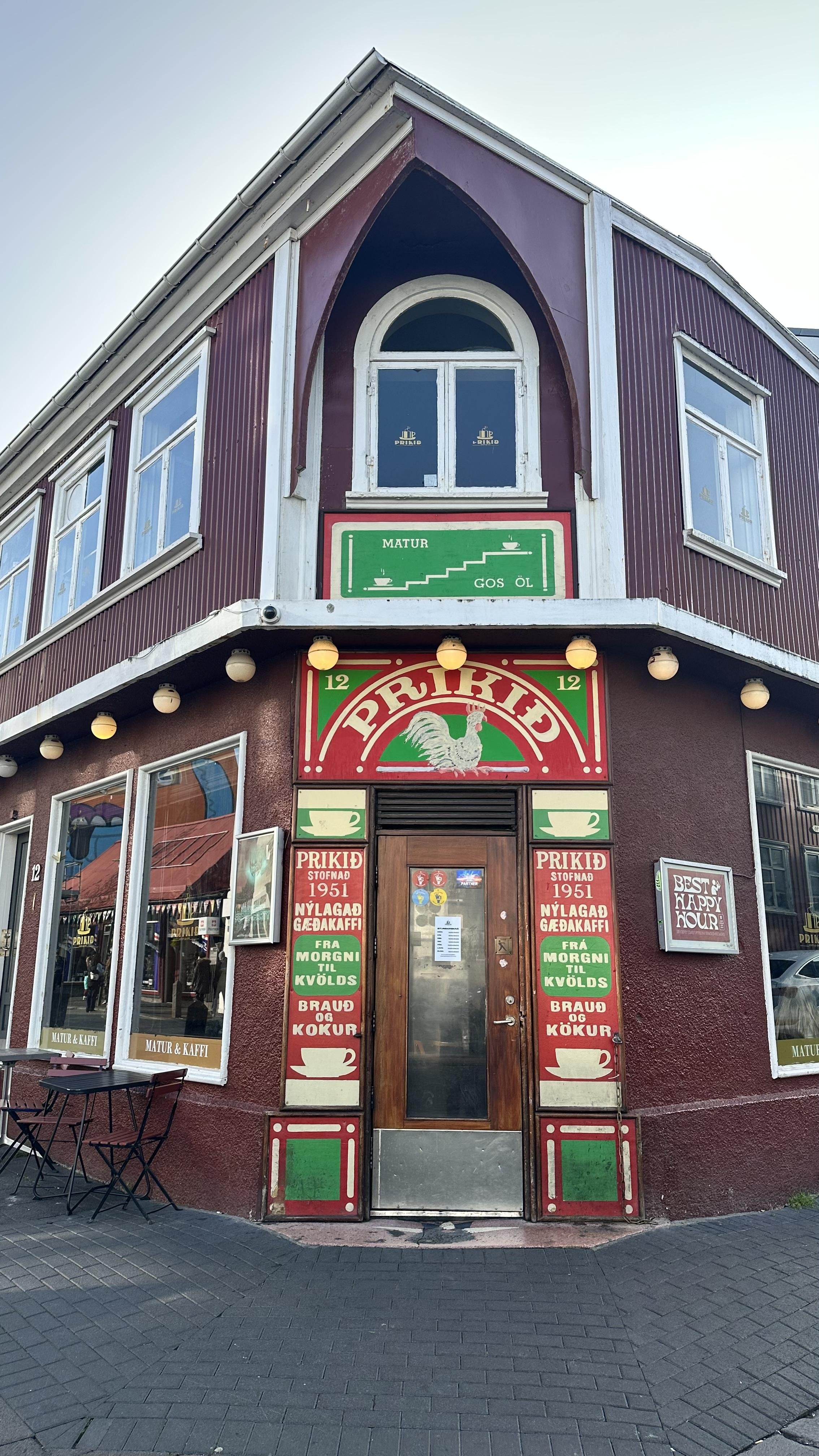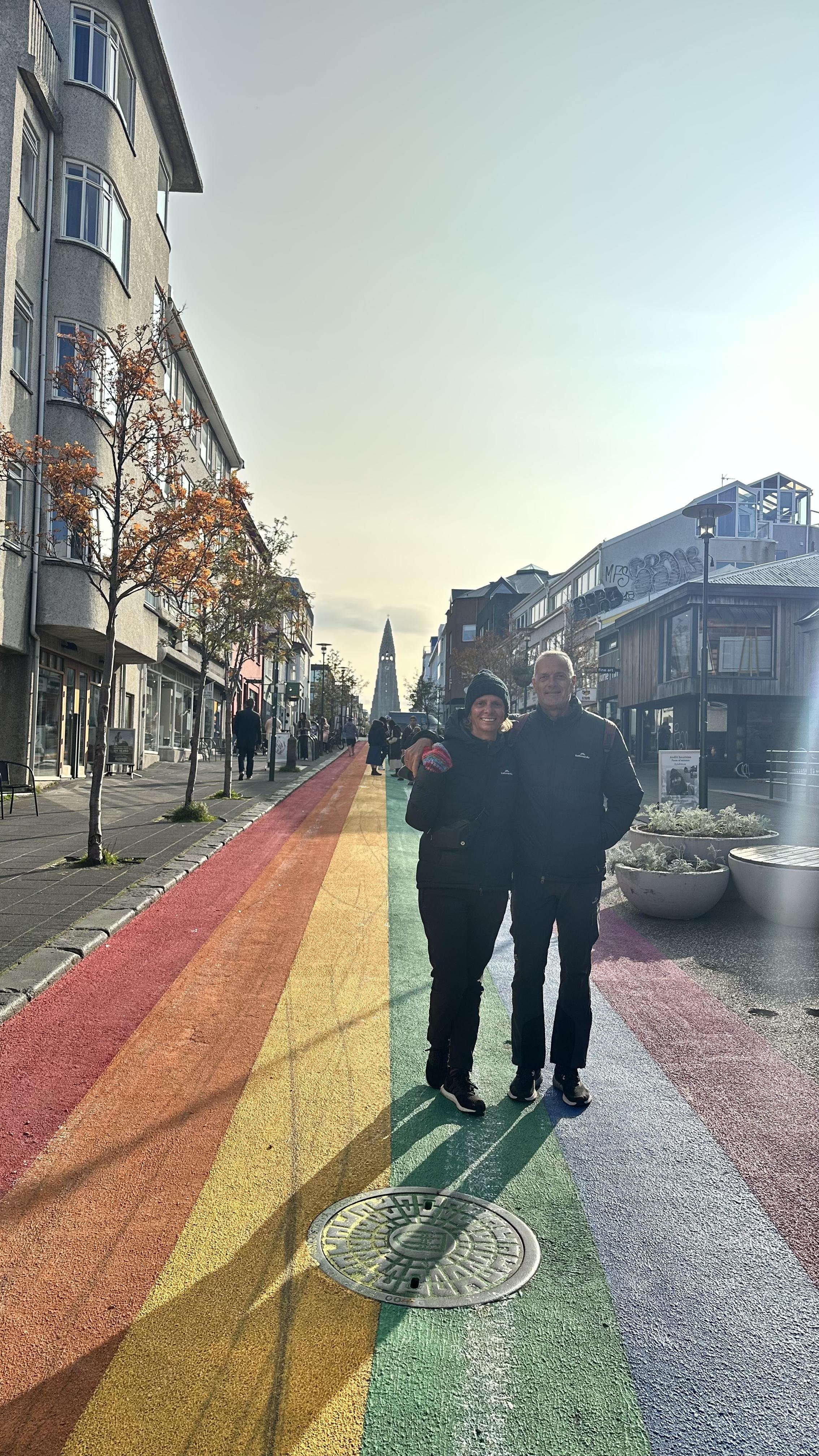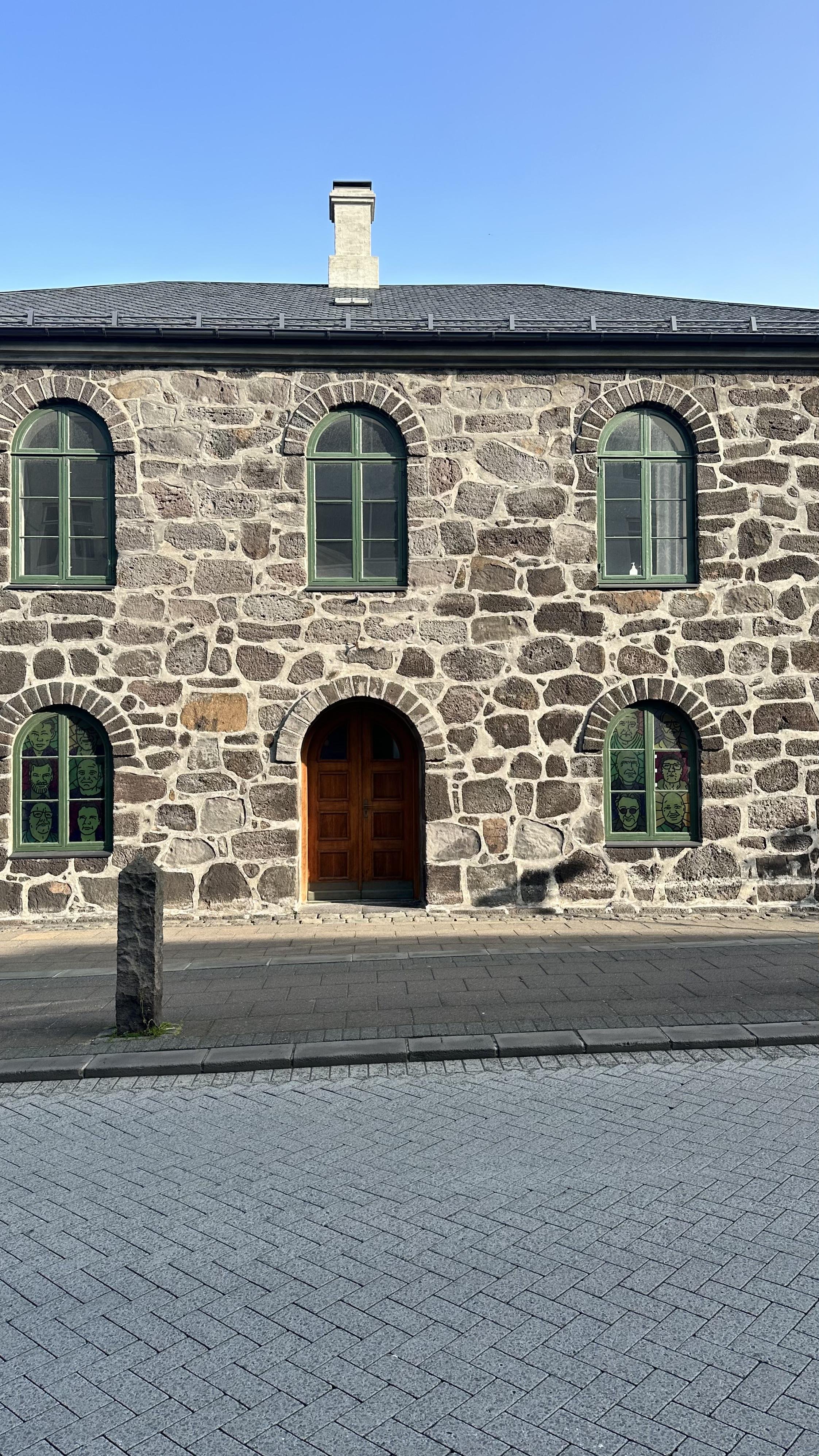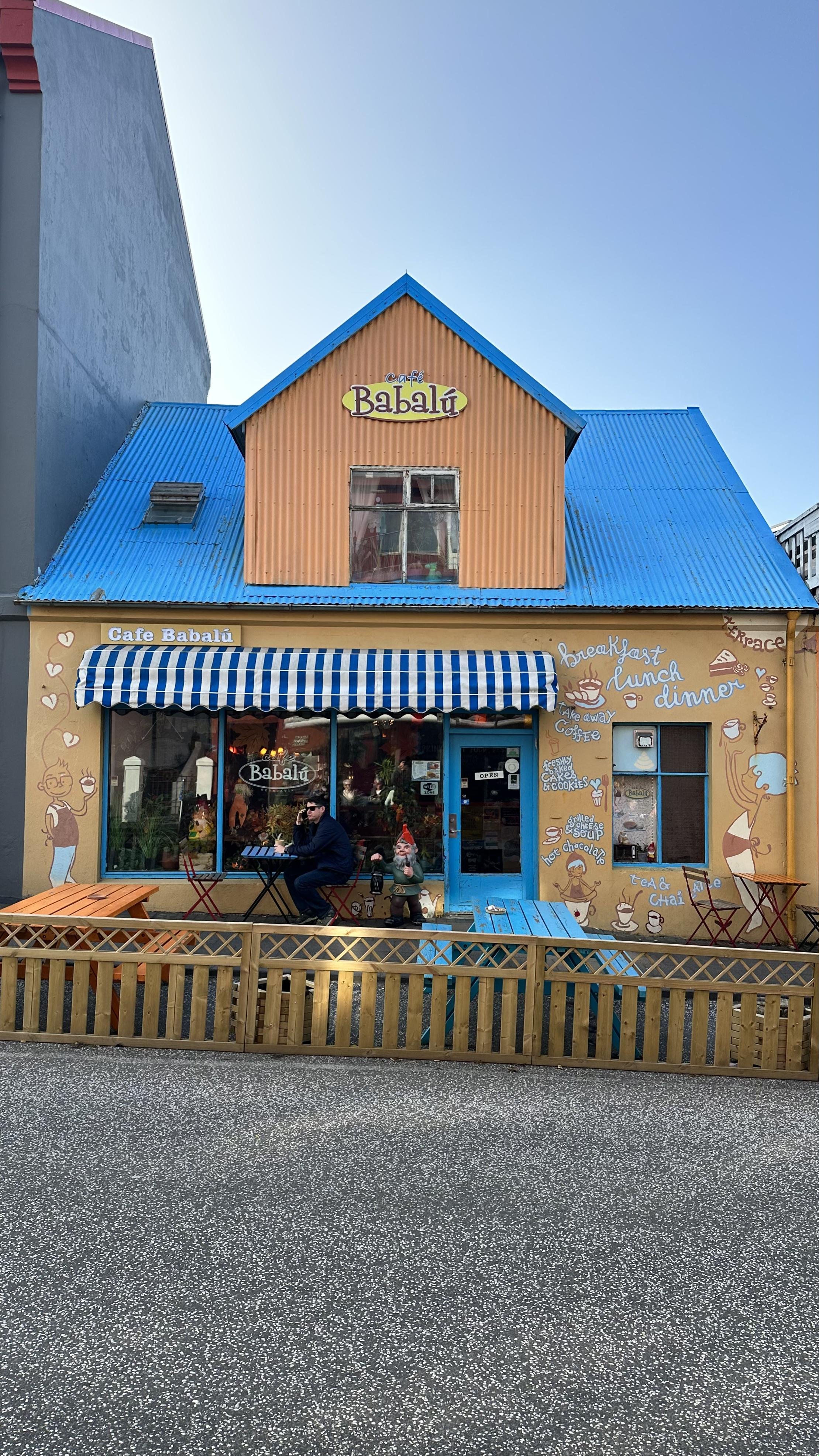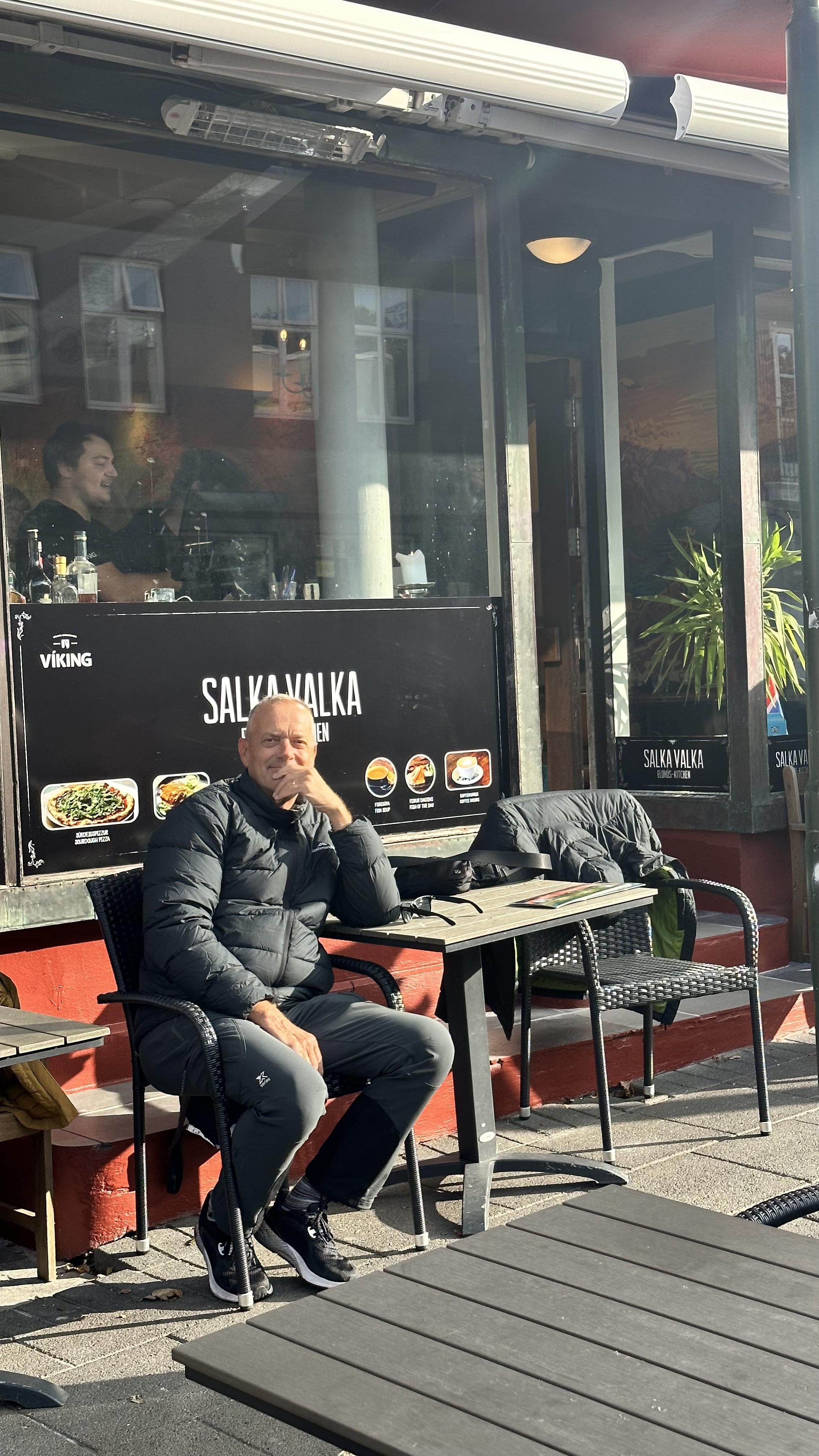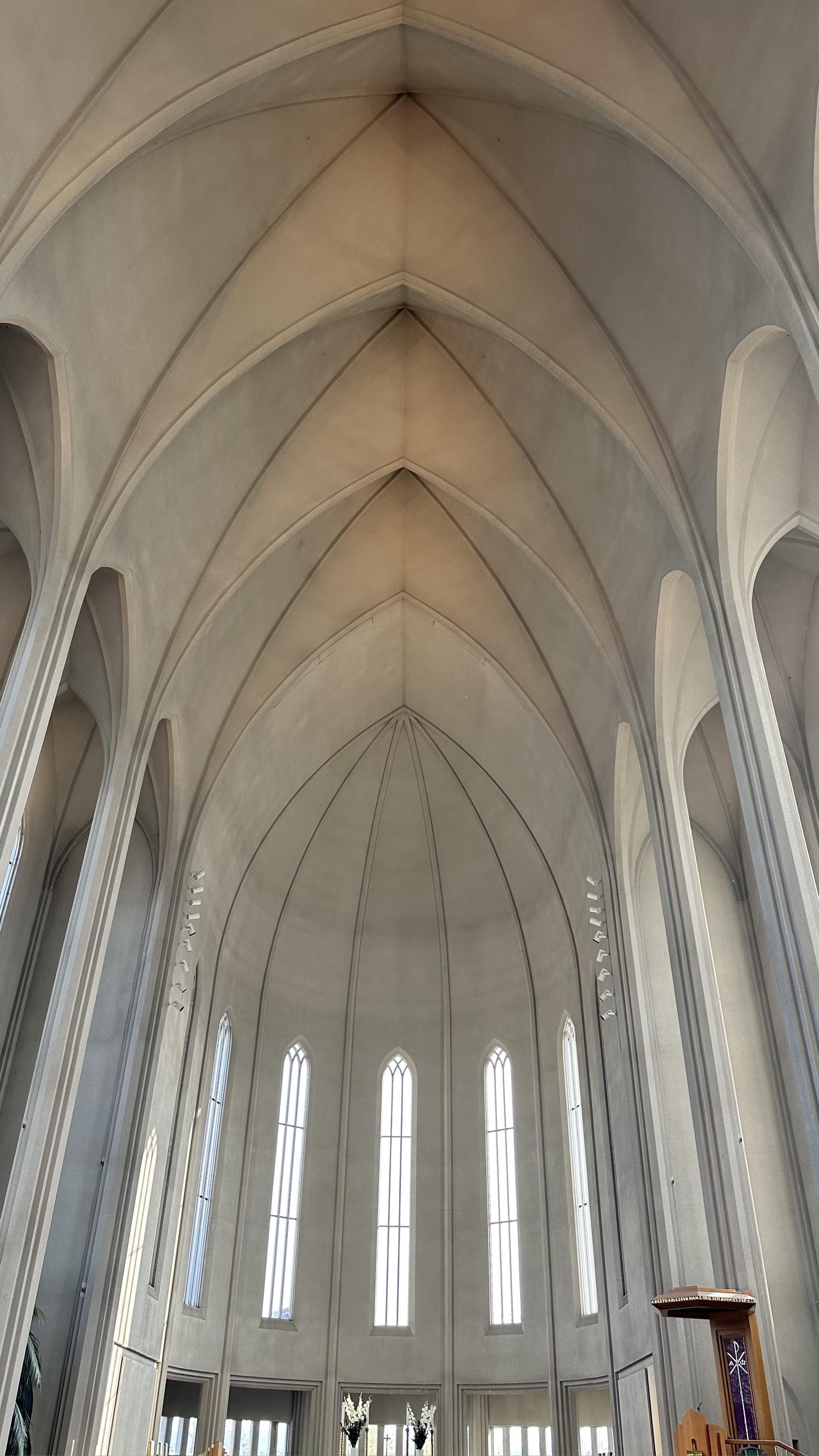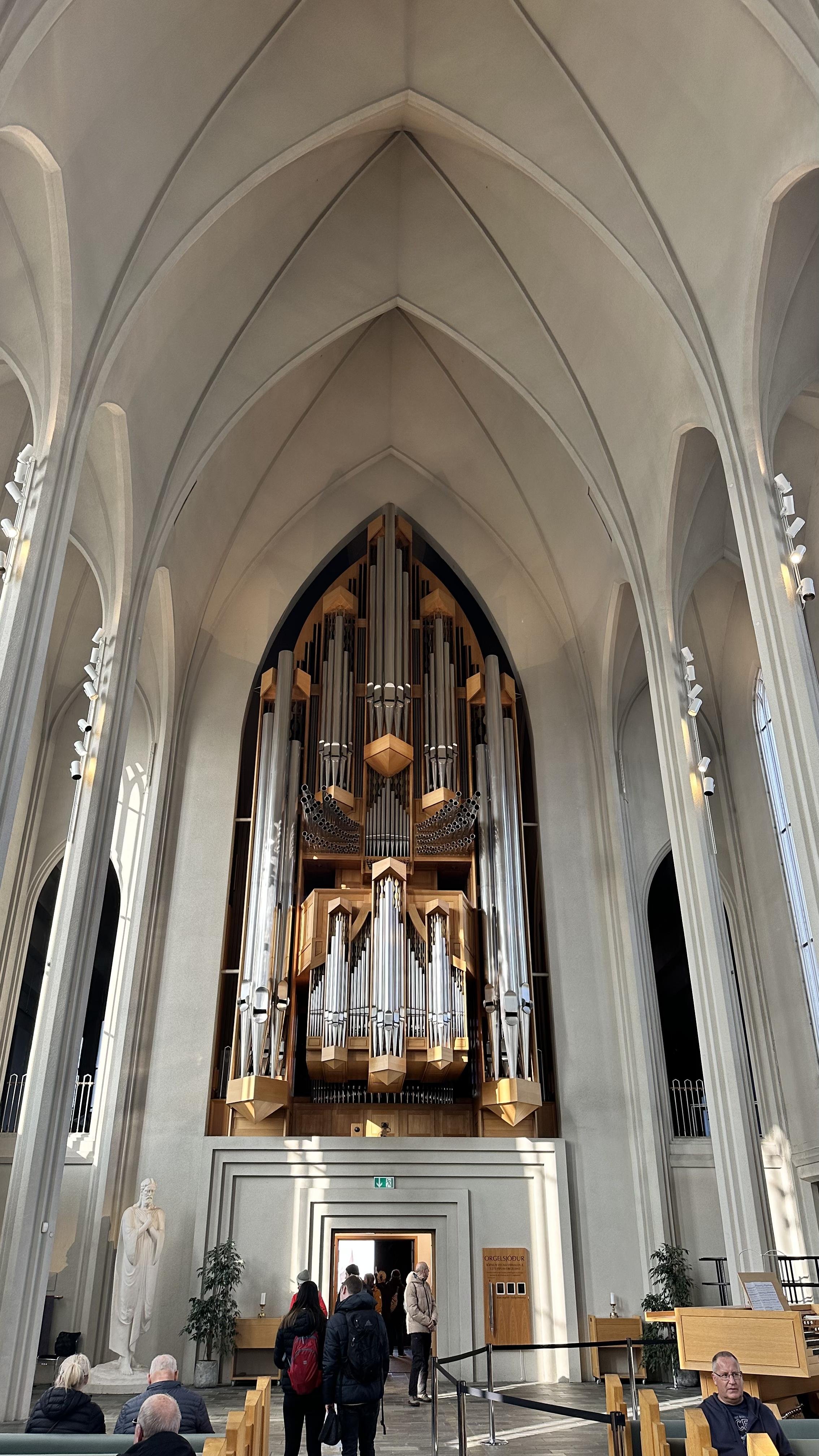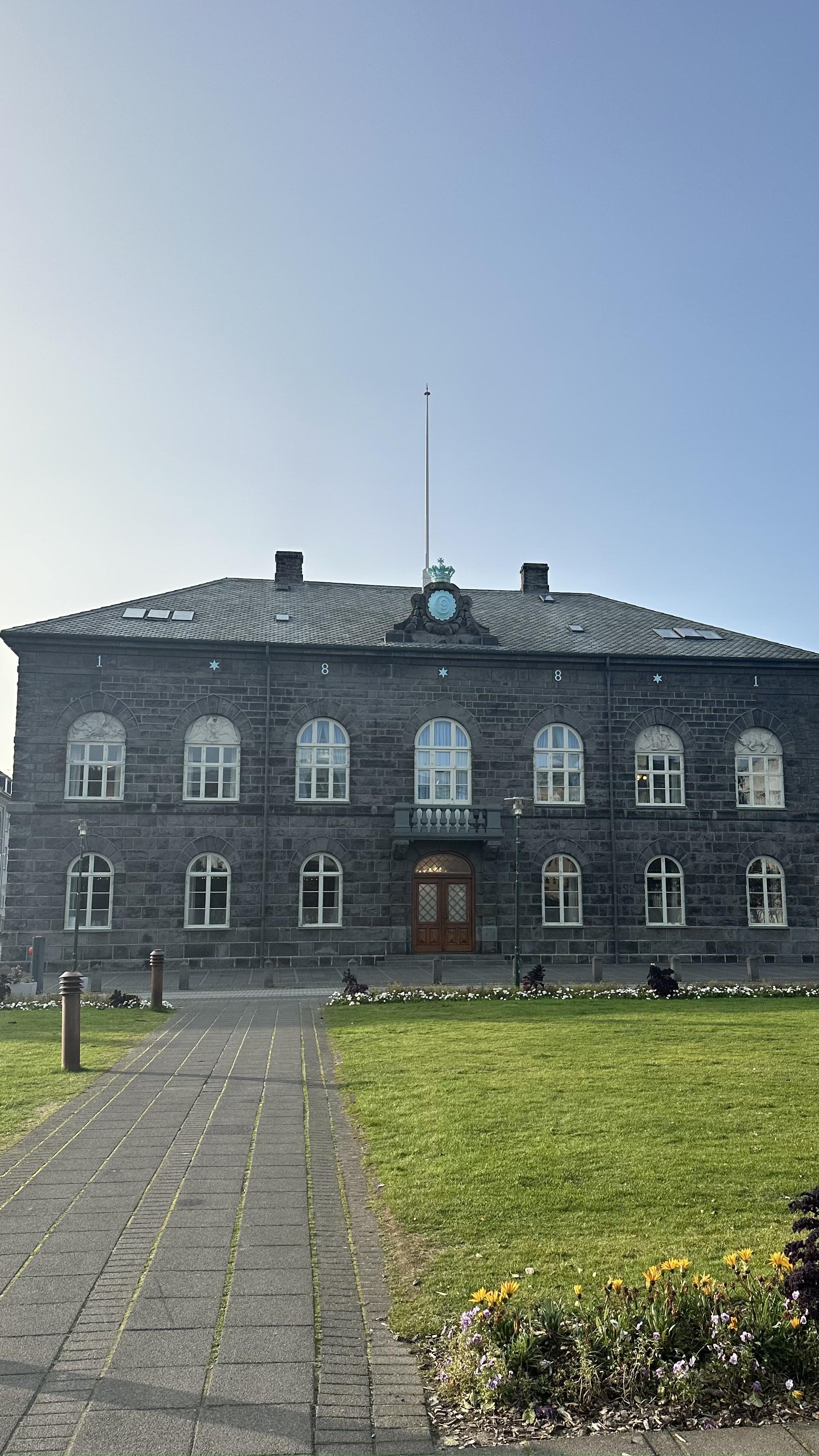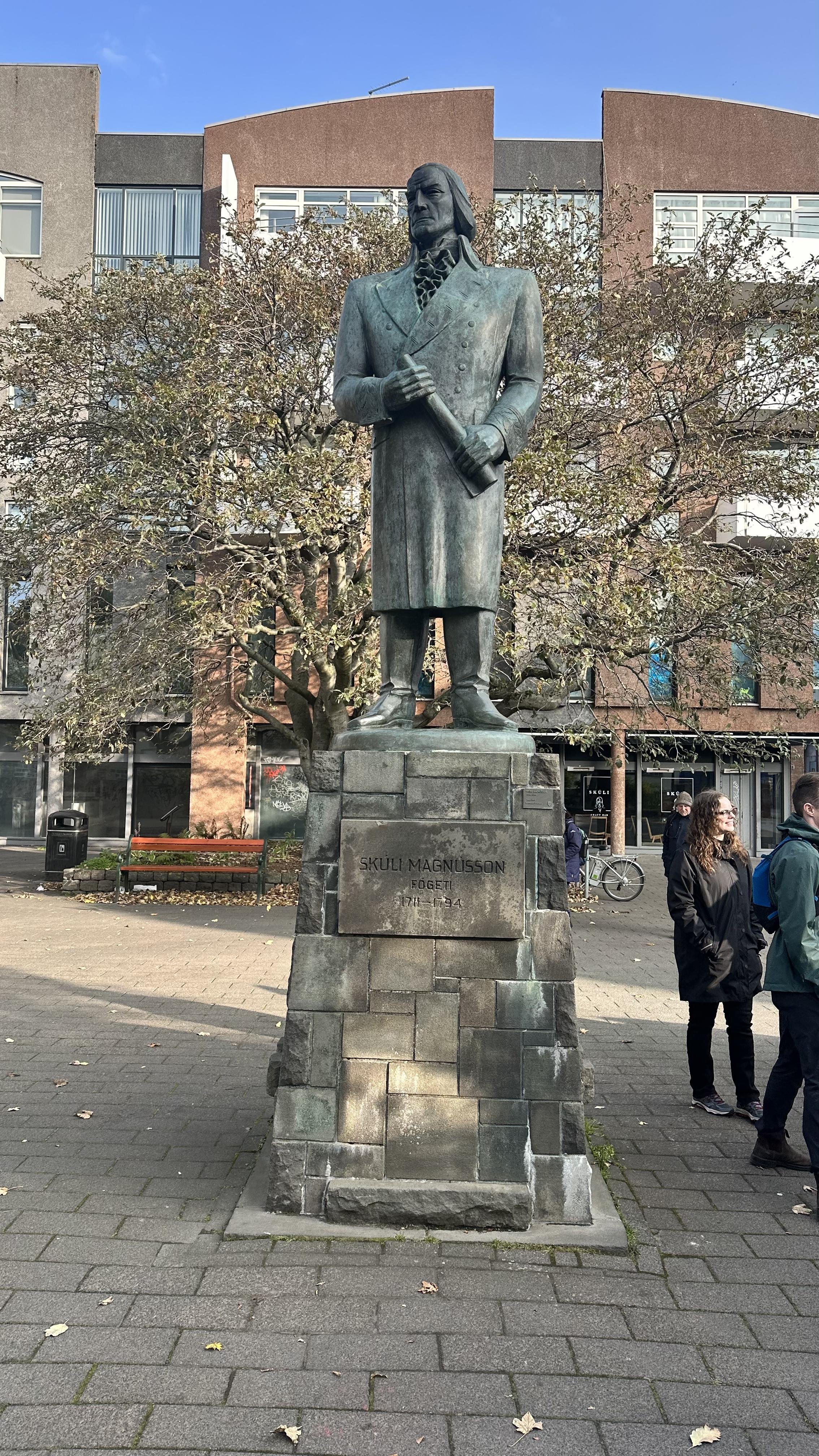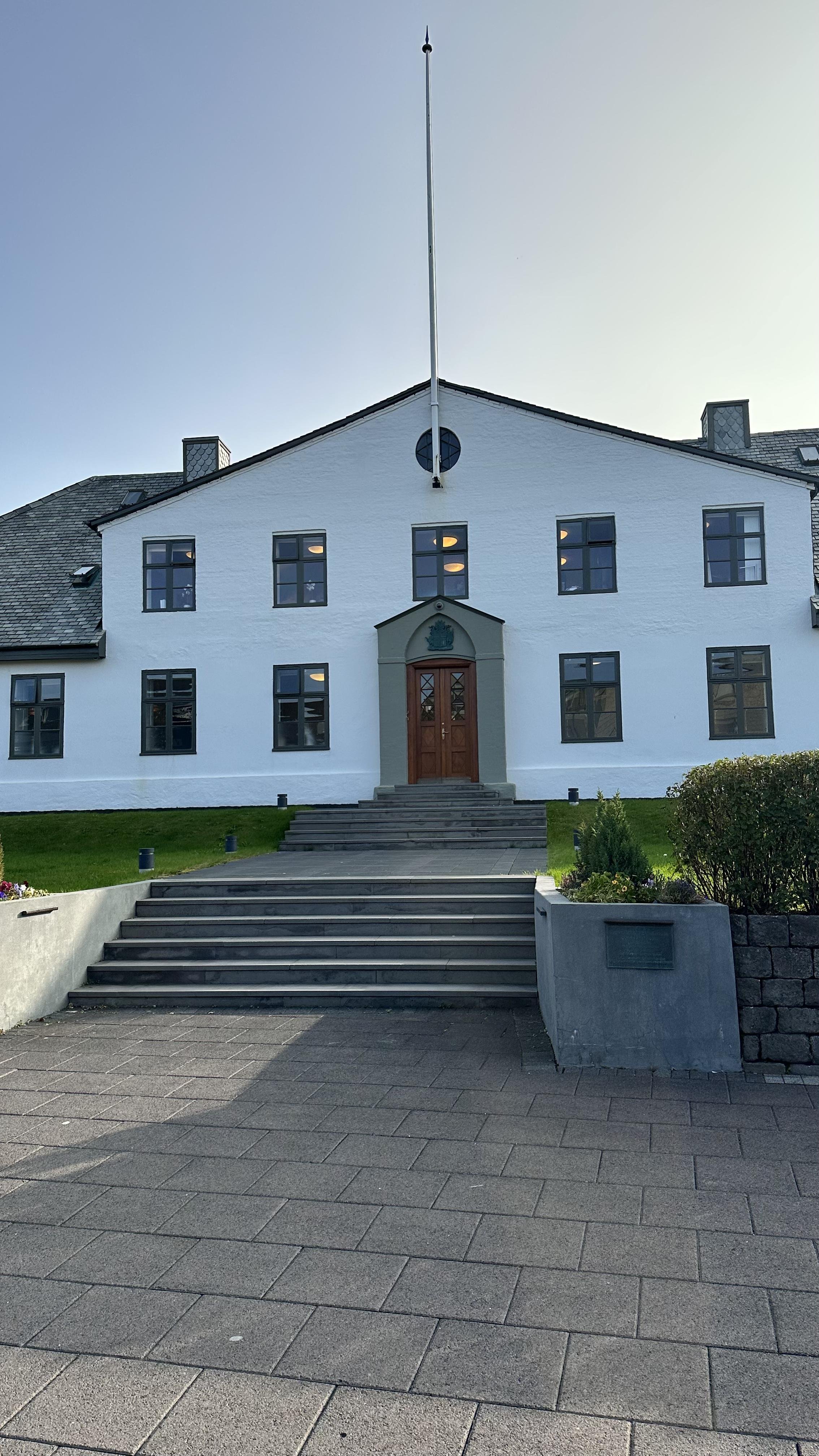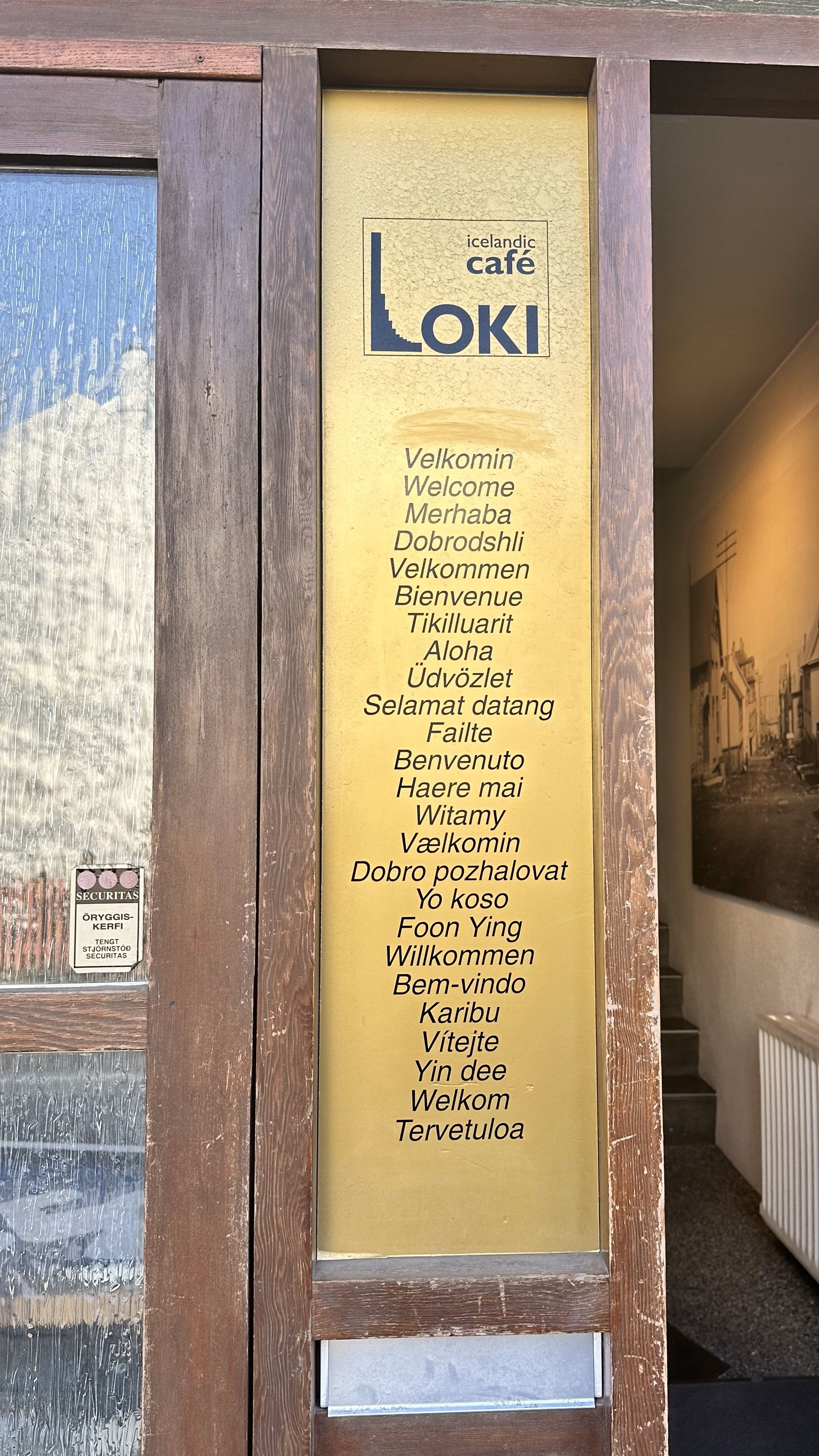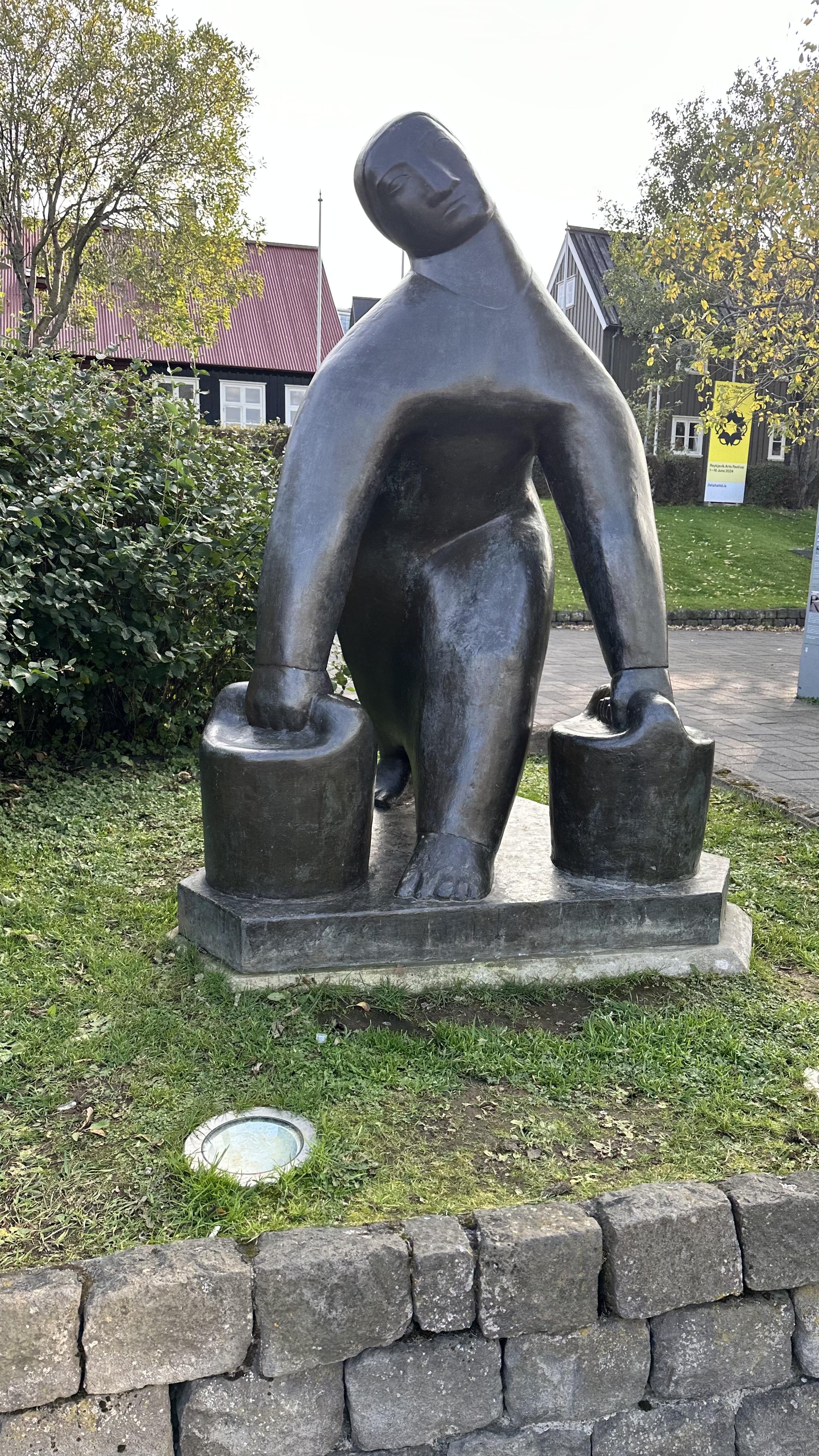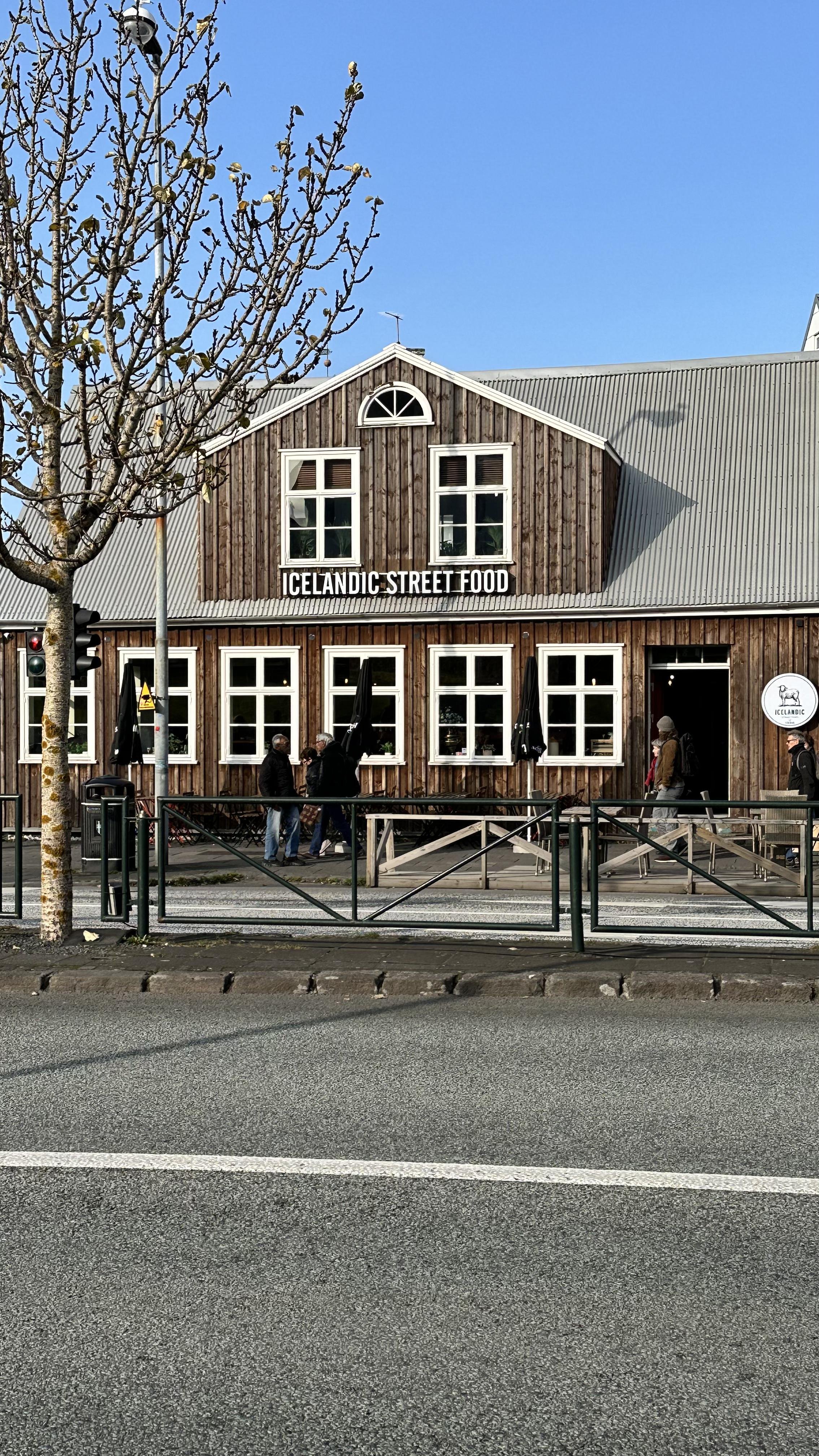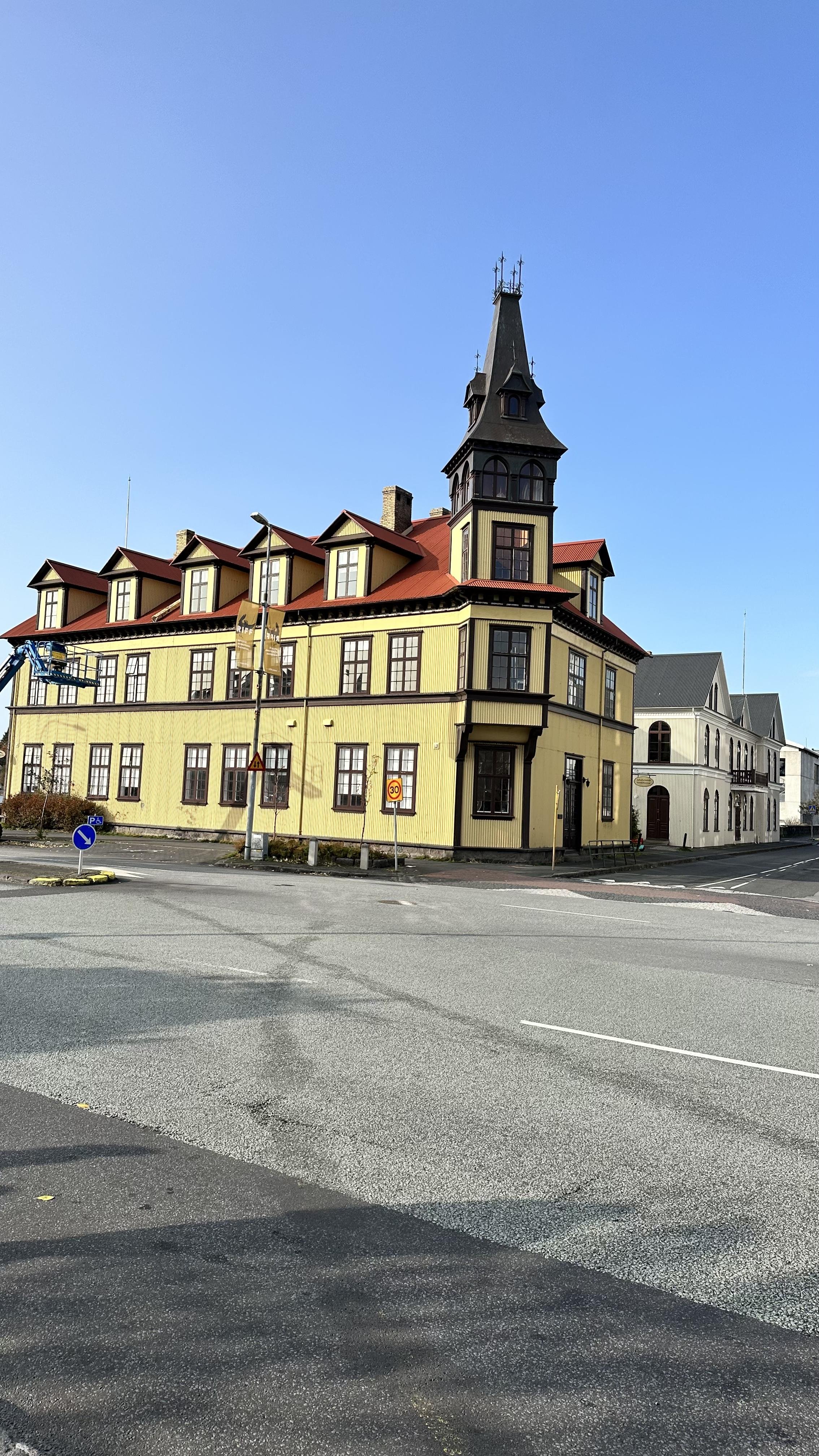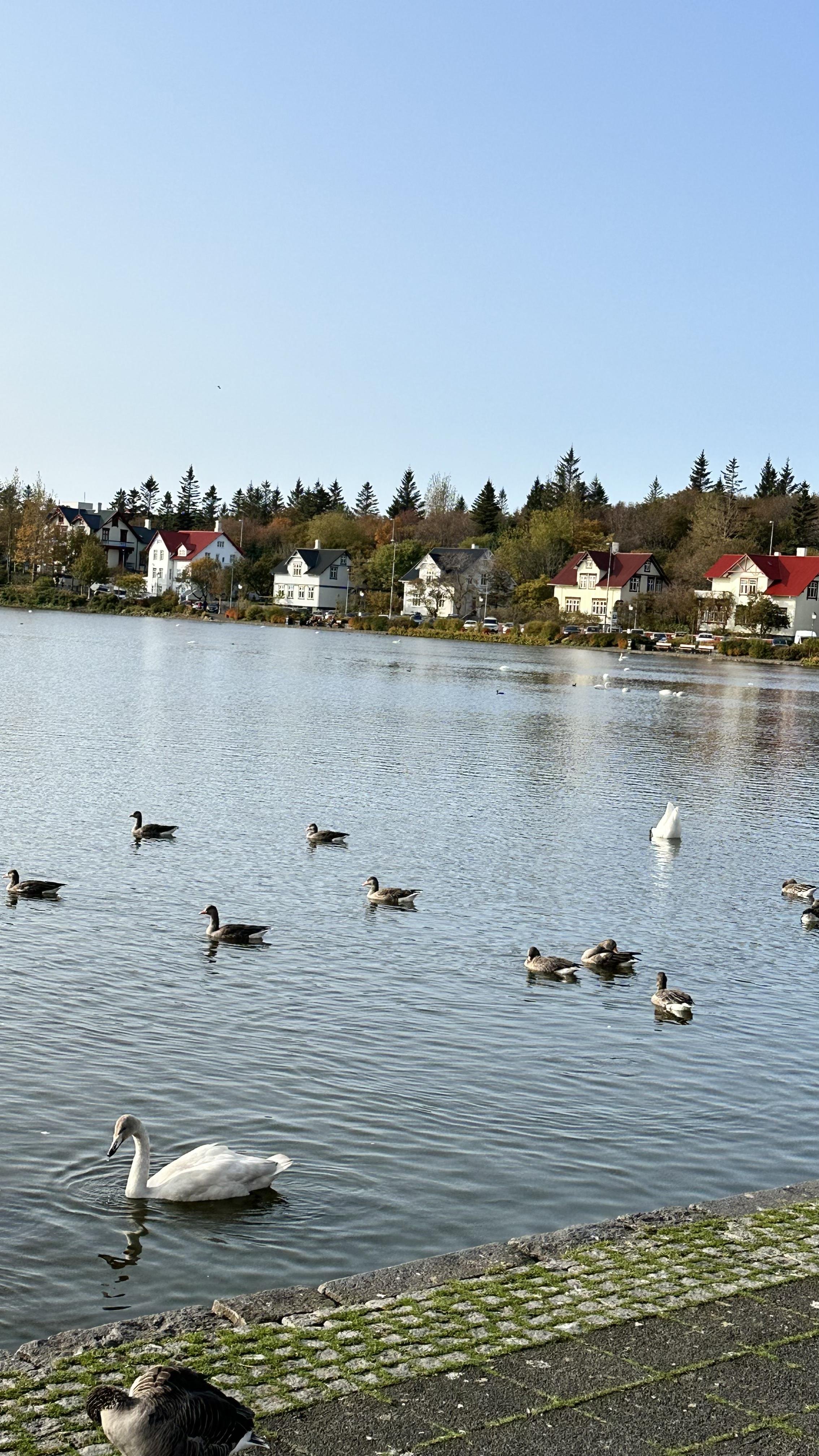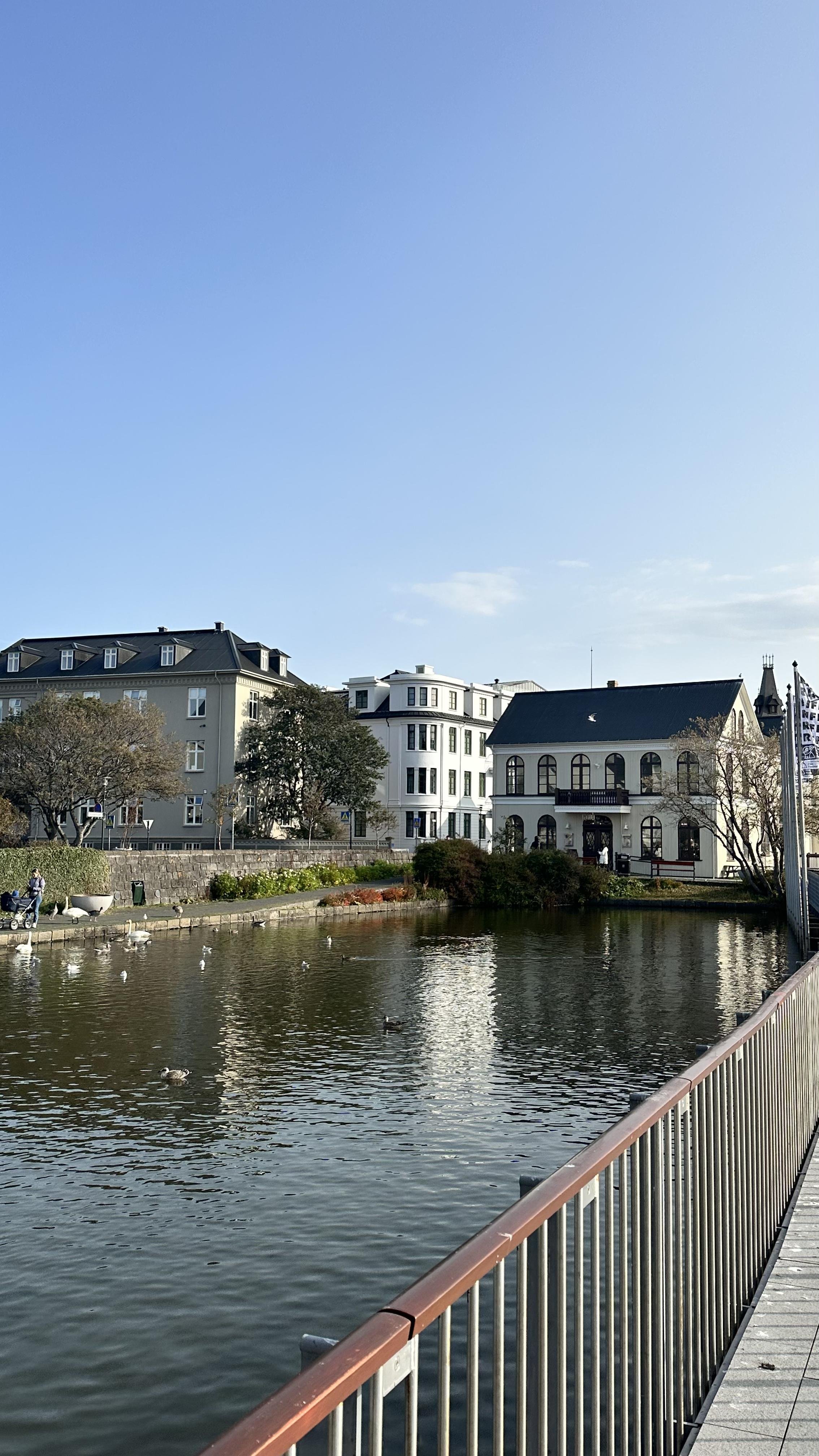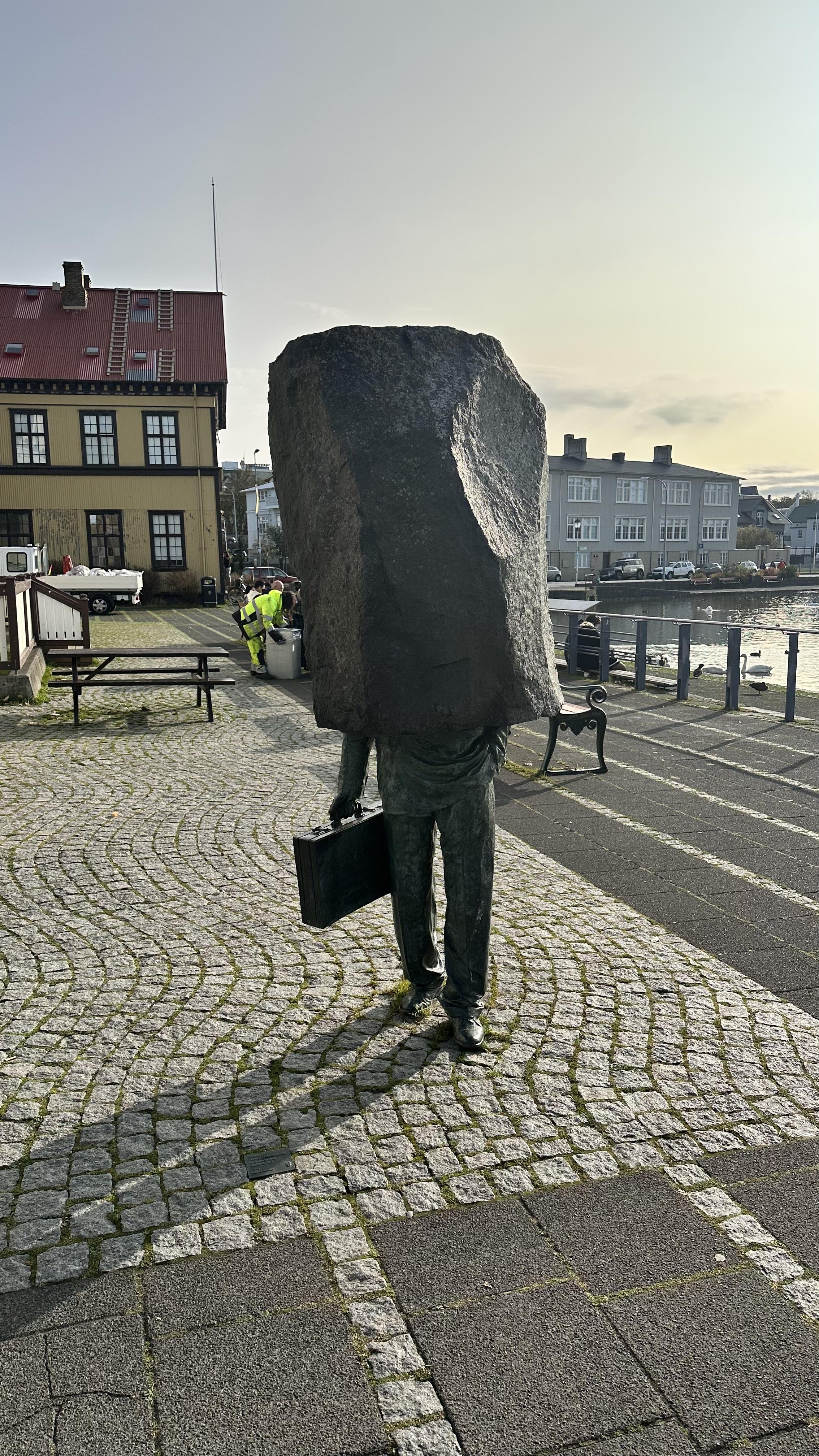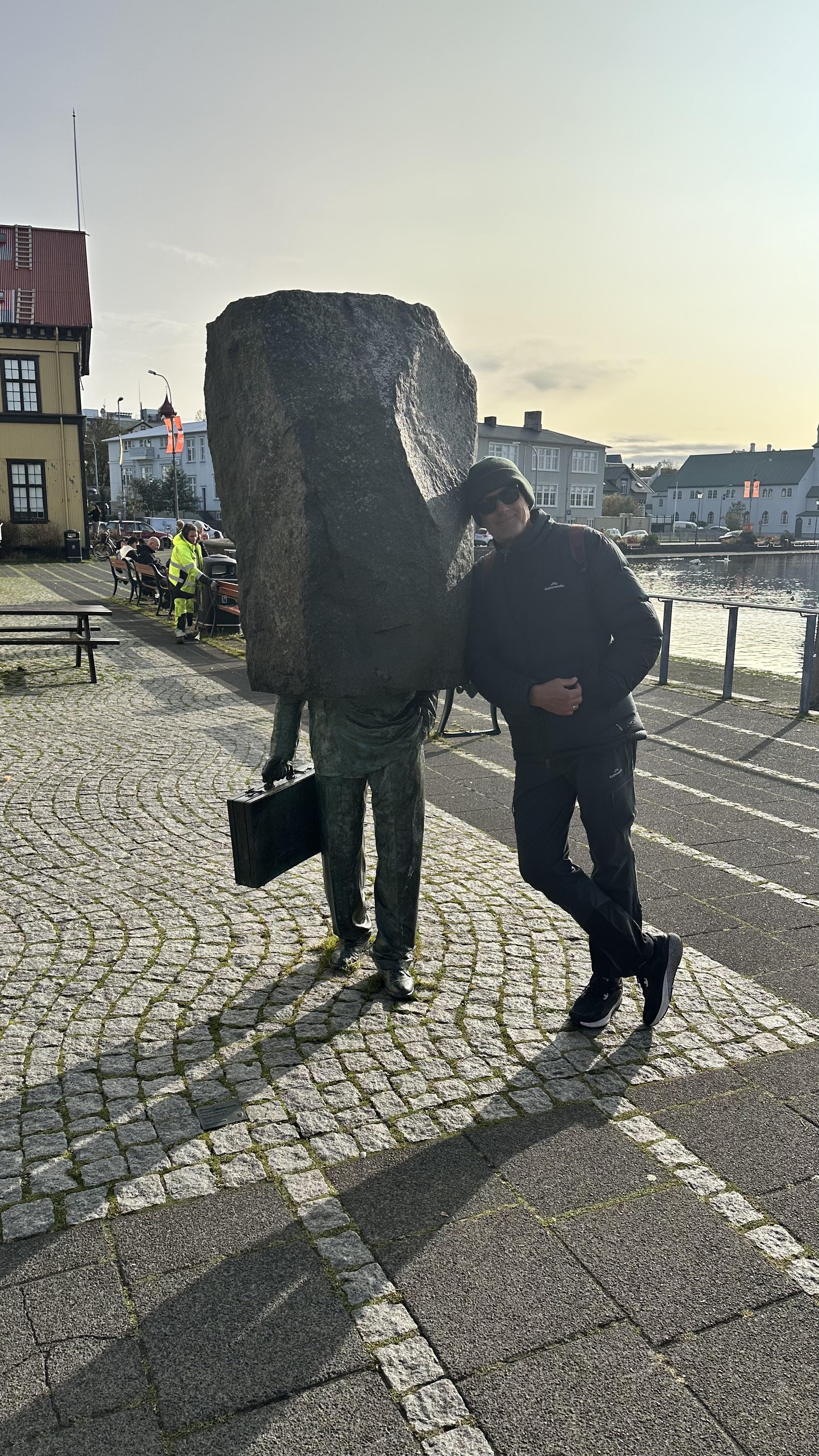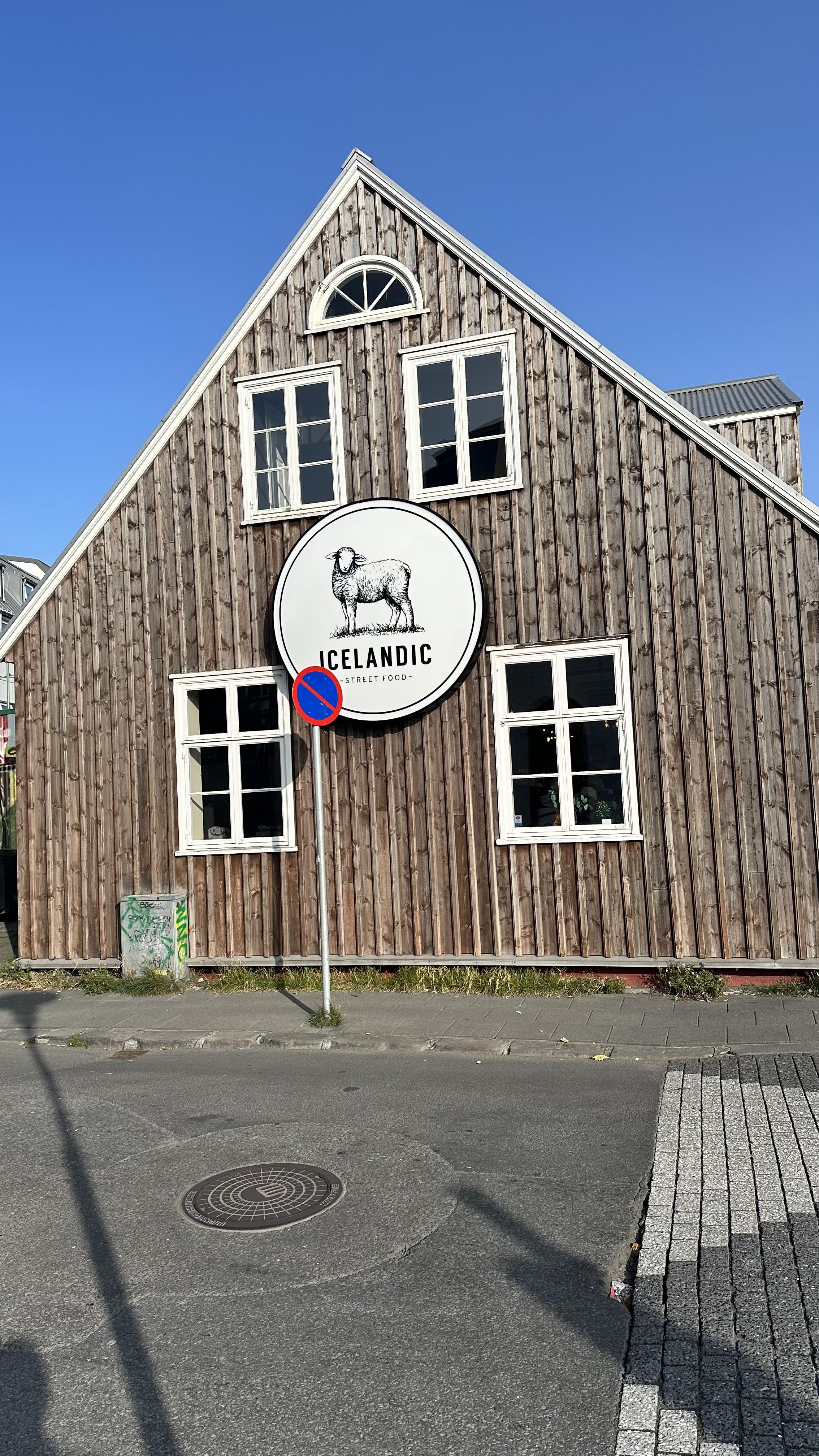Halló frá íslandi / Hello from Iceland
Part 1/3
photo @Harpa
We made it to Iceland, yes yes yes 🙌! I am so so happy we’ve got here! It’s been on our bucket list for a long time, and the dream has come through!
Heads up: This blog is particularly long, but I wouldn’t do it justice to skip things, so grab a cup of coffee and join us on our journey.
Why did we choose Iceland as our next adventure? There are many reasons, here are a few:
To experience different extremes from temperature to scenery ( Sahara v Iceland)
To touch on the Scandinavian territory
To get as close to the Mother Nature as you can, to be adventurous whilst hoping none of the volcanoes is going to erupt while we are here
To get into the ice caves and see the biggest European glaciers while they still exist
To learn about the Vikings, Icelandic history, rune, language and traditions
To throw ourselves into the nature beauty, we expected it to be stunningly beautiful!
To see the Northern Lights with a bit of luck
To see the impacts of climate change first hand
To experience the life in a social market economy system
And we are both crazy nature lovers as we know, so this is a true paradise for us! 🤗
So, we booked the Iceland Intrepid tour and here we are! Living the dream !!!
Day 1 - Reykjavik
We left Rovinj in the morning, drove to Zagreb, jumped on a plane to Vienna and landed in Reykjavik at midnight. Checked in the hotel at 2am, set the alarm for 8am and after breakfast went to the Reykjavik Walking tour on a sunny day - it’s as good as it gets!
Our tour guide was from Dominic Republic! Yep, young Mauricio fell in love with an Icelandic girl, and the rest is history.
We’ve learnt a lot in two hours, saw many places and laughed a lot. It was particularly interesting to get a perspective on Iceland from an immigrant who has settled here in recent years, and adopted the Icelandic way of living. His storytelling represented a humorous view to the uniqueness across all aspects of life, very very cool!
Today, I will take you on a history lesson as I loved learning about it, will tell you a bit about the country today, and will share our experiences, thoughts and feelings as we go.
I have decided to story-tell the Iceland story over a few blogs…
Let’s start!
History
Iceland is a Nordic Island country between the North Atlantic and Arctic Oceans, on the Mid-Atlantic Ridge between North America and Europe. It is linked culturally and politically with Europe, Reykjavik is the capital city and the official language of the country is Icelandic.
Iceland is a relatively young island in the geological sense, being formed about 20 million years ago by a series of volcanic eruptions in the Mid-Atlantic Ridge, but it is still growing from fresh volcanic eruptions. The oldest stone specimens found in Iceland date back to c. 16 million years ago.
Iceland is the only Arctic State that does not have an Indigenous population. From the start of settlements in the ninth century AD to today, Iceland inhabitants have mostly come from Northern Europe.
Iceland was unsettled land and could be claimed without conflict with existing inhabitants. Men could posses everything they found roaming on a horse within a 24 hours window, and women roaming on a cow?!
Icelanders are undoubtedly the descendants of Vikings. Before the Vikings arrived in Iceland, the country had been inhabited by Celtic / Irish monks but they had since then given up on the isolated and rough terrain and left the country without even so much as a listed name.
A Viking from Norway called Floki came here and settled in the northwest part of the country. Floki brought domestic animals and everything he needed to survive and was all good during summer months. When winter arrived he was not prepared for it. There are only 4 hours of sunshine in the winter time in this area, but in the fiords due to high mountains there is no sun at all! One day he went across the other fiord looking for grass area for his animals, but only discovered more ice everywhere. He named the land Iceland and soon after left and never came back, but the country’s name Iceland stayed forever. (Floki is the only true character in the Vikings Netflix Series)
The first official settler came from Norway in 874, his name was Ingólfr Arnarson.
The story says Ingolfr got the advice from the Gods how to choose where to settle. He threw two pillars into the ocean and decided to settle where the pillars are washed out. He sent two slaves to hunt the pillars, and they found them where Reykjavik is today. Slaves reported back stating it was too isolated, but on his arrival Ingólfr found grass land, hot steam, river, water, and made a call to settle down!
Over the time they grew in population, with the General assembly established in 930 in Althing and is the oldest general assembly still operating.
Period from 930 to 1262 was called the Commonwealth period. The Icelandic Commonwealth had a unique political system whereby chieftains (goðar) established a common legal code and settled judicial disputes at the Althing. However, there was no executive body in Iceland that enforced the law.
During the 13th century, Iceland came under the control of the Norwegian Kingdom, then in 1918 became recognized as an independent sovereign state freely associated with Denmark.
On 17 June 1944 the people of Iceland held a referendum and Iceland declared its independence. At that time Denmark was too busy with Nazis, and a year later Iceland advised the Danish King of its people’s decision. It was a peaceful separation.
Todays Parliament building is the oldest Parliament in Europe, originally built as a prison.
Iceland today
The government system is a constitutional republic; the chief of state is the president, and the head of government is the prime minister. Iceland has a Scandinavian-type social-market economy that combines a capitalist structure and free-market principles with an extensive welfare.
I really really really like it! It’s fair, it’s easy to understand, it’s just, it’s equal, it’s non hierarchical and in a way it’s a combo of best bits from communism, socialism and capitalism!
People vote for a president every four years and they can be re-elected unlimited number of times. The Prime minister calls all the shots, not the president. 96% of population goes to election, this is unheard of in the Western world !
Today Iceland is one of the most modern, healthy, innovative, educated, and sustainable countries. Just imagine if you could turn back the clock one hundred years. The Iceland you would see would be almost unrecognizable—even to Icelanders! The population would have been about 1/3 of what it is today, and tourists would have been few and far between. Reykjavik was a coastal village, while most people were living on the land in self-sustaining farms. Houses would have been cramped, many still with turf roofs, and fishing boats would have been small and chiefly sail or rowboats.
Compared to many nations, Iceland has progressed very far, very fast. What makes this transition unique is that the leap forward was inclusive. Iceland ranks high on life satisfaction, gender equality, a clean environment, and incredible nature. It has a Scandinavian-style modern welfare system, free education, and a low crime rate making it an excellent place to live.
Even dating back to the times of first settlement in 879, Iceland has been a tight-knit society. The early Viking settlers would have arrived on a desolate wind-swept, volcanic island with no indigenous population (except for possibly a few reclusive Celtic monks) and few animals except for sea birds and Arctic foxes. The people had to work together in extended family networks just to survive. Isolation and distance from outside influences have led to a unique culture that persists today. One consequence of Icelandic family networks' tight bonds is that it has resulted in a remarkably non-hierarchal society. A stark contrast to many European nations back in the medieval period.
Perhaps because of these close family bonds and the long-standing participation of everyone since settlement times for basic survival, Icelandic society is remarkably equal. Granted, great strides toward equality have increased in recent times, especially toward gender equality, tolerance, and inclusion. All of these contribute to making Iceland a more open, inviting, and approachable society. For example, it is common to see politicians, athletes, and entertainers at the swimming pool, in the grocery store, or looking exhausted while picking up their kids at daycare like everyone else!
Iceland is the second windiest country in the world after Antarctica, with 220 days of rain on average per annum, but the weather changes quickly, from rain to sunshine always accompanied with a wind.
390,000 people live in Iceland today and everything gets measured per capita, because it makes them feel good! For example. Iceland is one of the richest country in the world per capita!
120,000 live in Reykjavik and majority lives in the south west where climate is better.
Fun facts:
Everything in Iceland can be solved by a credit card, it is a pretty much a cashless country! Even when you need to pay to go to the bathroom you swipe your credit card!
Icelandic language tends to compose words by mixing two or three words together with no limit as to how many words you can put together to form a new word!
1 March is a beer day, and each time when Iceland beats England in a soccer game!
Reykjavik Airport was built by Americans.
There are over 30 active volcanoes here, visiting the Lava Center and watching a short documentary on volcanoes that erupted nearby was mind blowing! And when you add my insurance professional hat to it, it’s freaking scary, I tell you! You immediately get a feeling of utmost respect for the Mother Nature and appreciation of the importance of all of us looking after the planet Earth 🌏!
Iceland is the only country in NATO that has no military due to its geo strategic position between Europe and America!
The national church is the Evangelical Lutheran Church of Iceland and 80% of the population identify as such. The religion of the original Viking settlers of Iceland, the old Norse paganism Ásatrú, is not just still alive and well in Iceland, it is undergoing something of a renaissance and is the only growing religious group.
Bjork is an Icelandic singer, songwriter, composer, record producer, and actress. She is known for her distinct voice, three-octave vocal range, bold musical choices, and sometimes eccentric public persona.
Local government spends on average €5m for fireworks on New Year’s Eve !
To be Icelandic you must have Icelandic blood, there is no other way to claim the Icelandic identity.
Iceland has the Naming committee!
Last name doesn’t matter here, everyone is called by their first name, and each name has a meaning. Every member in one family has a different surname ?! Kids are not named until 4/5 months, they are called “it”. At the 4 month there is a naming party ( like baptizing) and the parents announce the name of the child to the world and send it to the naming committee! The Committee can approve or decline. They have cca 100 male and female names, name passing tradition is very common.
30 years ago, foreigners had to change their name by law to fit the naming conventions, but not any more!
They consider themselves very progressive country and they are progressive on many different fronts, but the fact that they are isolated has definitely shaped their identity.
There are 390,000 people living in Iceland and over 800,000 sheep.
Houses have stone foundation used as cellars. They are wooded houses covered by metal sheet to protect them from cold and wind from Antarctica and hot wind from Mexico Gulf. Chimney often don’t work, and pipes bring cold water from glaciers and hot water from the underground geysers.
All energy is renewable, and the whole country uses only 5% of all the energy produced, they don’t export it, but offer it to foreign companies to use it from here. Iceland is the biggest mining operation in the world!
Temperature changes from -10 in winter to +10 in summer in the northwest and from 0 to + 12 in the southeast, fluctuations are not big at all, it is a well controlled environment. This has surprised me! I was expecting snow to last here all year round but that’s not the case at all. Perhaps the name Iceland led me to believe there will be heaps of ice here, not a case!
The only cheap thing here is water and electricity! Tap water is fantastic to drink!
Two types of supermarket- Kronan and Bonus, others are for tourists like 10/11!
To know if the place is expensive check the working hours - open till 7pm or 8 pm is ok, working till late means you’ll pay a fortune!
Reykva- smoke, Vik- bay.
Vikings - Vik people moved from bay to bay.
Two pillars floating in the ocean is the symbol of Reykjavík.
The book of Icelanders is a database created by the biotechnology company deCODE attempting to record the genealogy of all Icelanders who have ever lived, where sources are available. The Book of Icelanders is used to determine how related they are to one another - it is seen as Icelandic dating app! 😂Anyone with ID social number can log in, and everyone has to check it before making babies or getting married to avoid marrying their first cousins!
Everyone is related! It’s so weird, and the advice is to keep it five generations apart to avoid troubles!
Icelandic Christmas folklore🎅 Wow that is a story for a whole new blog!
In short, it depicts mountain-dwelling characters and monsters who come to town during Christmas. The stories are directed at children and are used to scare them into good behavior. The folklore includes both mischievous pranksters who leave gifts during the night and monsters who eat disobedient children.
There are 13 Yule Lads / Santa Clauses in Iceland. All have descriptive names that generally convey their favourite way of causing mischief. They arrive one by one over the final 13 nights leading up to Christmas. Each has different assignments and name that describes their role ( Spoon Lickers who steals and licks wooden spoons, Pot-Scraper who steals leftovers from pots, Sausage-swiper who hides in the rafters and snatches sausages that are being smoked etc.)
They have a mum and a dad. Mum is called Grýla, a giantess with an appetite for the flesh of mischievous children, whom she cooks in a large pot. Her husband Leppalúði is lazy and mostly stays at home in their cave. They leave small gifts in shoes that children have placed on window sills, but if the child has been disobedient they instead leave a rotten potato in the shoe.
Everyone gives gifts to everyone they know, smaller cheaper gifts but a lot of gifts!
There is nothing more Icelandic than a hand knitted sweater from a grandma, kids hate it when they get it for Christmas!
Icelandic people believe in Elf 🧝♀️ 😉!
The story says Elf’s are not visible to human eyes, they live in the nature, in trees, but if you mess up with them they’ll mess up with you. For example, you are cutting trees and your saw machine stops working, it’s a sign that must be Elf tree and you must stop and move onto the next tree. The rationale behind this belief is to teach people to respect the nature. Makes sense to me!
You DO NOT walk on the moss in Iceland, if you do something bad will happen to you!
Fishing industry was the number one industry but since 2010 it’s the tourism industry.
Iceland is described as a country of tragedy and blessing:-
In 2008 the banking system crashed and the local currency devalued over night, everyone lost money.
In 2010 volcano erupted, the ash caused havoc across Europe for days.
These two events (tragedies) triggered tourism (blessing), first tourists started coming because it was so cheap and post the eruption because of curiosity. Ever since tourism is the number one industry in the country!
Hákarl referred to as fermented shark in English, is a national dish consisting of Greenland shark that has been cured with a particular fermentation process. In short, a young shark’s kidneys are not fully developed, when it dies the ammonia sweats out through its skin. Since ammonia is poisonous, they burry a shark in the ground for 4-6 months to ferment and for ammonia to evaporate, and it’s then safe to eat. It has a strong ammonia - rich smell and very strong fishy taste, it is served with the Black Death grappa shots!
We could not eat the shark, it had too strong ammonia smell, but grappa was OK! We had so much fun watching the faces of people tasting this delicatesse.
Food is of a high quality and expensive, fish pie is also a traditional dish and Food halls are a great place to eat and experience varieties of local cuisine at a reasonable price. For example, an ordinary dinner for two with no drinks is around 100 Euros.
Icelandic “The hot dog “ stand in Reykjavik was established in 1937 and ever since it’s been owned by the same family, it has got the award for the best hot dog in 2018, made mostly of lamb meat and served with fresh and fried onions, sweet mustard and horseradish. We had to try it and it was yummy!
There is a Penis museum in Reykjavik with more than 200 different penises exhibits from animals to humans! No more words needed!
School - what junior college you go to is the only thing that matters, not the university.
Community pools are part of the services government must provide.
Here you go, plenty facts to remember!
What did we see?
Harpa is a concert hall and conference centre. The opening concert was held on May 4, 2011. The building features a distinctive colored glass facade inspired by the basalt landscape of Iceland.
Hallgrímskirkja stands guard over Reykjavík. The church is both a parish church and a national sanctuary in Iceland. Its stepped concrete facade is an ode to modernism and a reminder of the Icelandic landscape. The church is named after the 17th-century clergyman Hallgrímur Pétursson, author of Hymns of the Passion. Hallgrímskirkja is an Evangelical-Lutheran church and is a part of the Evangelical-Lutheran Church of Iceland.
Rainbow street in Reykjavík
One of the main streets in downtown Reykjavík has been dressed up in the colors of the rainbow to celebrate Reykjavík Pride which is now held for the seventeenth time.
The rainbow street in Reykjavík is a sign of joy and support for diversity. The initiative is organized by the city of Reykjavík in cooperation with Reykjavík Pride.
Reykjavík Pride is one of many festivals that make Reykjavík a cultural and vibrant festival city all year long. Reykjavík Pride has been held annually since 1999 and it has evolved into a festival that attracts up to 100 thousand guests from all over the world. Reykjavík Pride is one of the biggest events in Iceland and one of the biggest little Prides in the world.
The Parliament House
Parliament House, which stands on Austurvöllur square, was built in 1880–81.
City Pond is the home for hundreds of different birds. The local authorities pump hot water into the pond, so lit doesn’t freeze and birds can be here all year.
A headless statute with a rock head. Since they have no military here they don’t have the unknown soldier monument, instead they have the unknown birocrat or businessman statue. So funny!
Here you go, so much to learn and get intrigued about. You can tell my curiosity cup is overflowing 🧐.
Next blog will cover the first few days of the Intrepid tour so you get to read about our very own personal experiences, not to mention hundreds of photos!



Stay tuned for the next blog with stunning photos of this magical country :). Here is a glimpse of what you will see.



